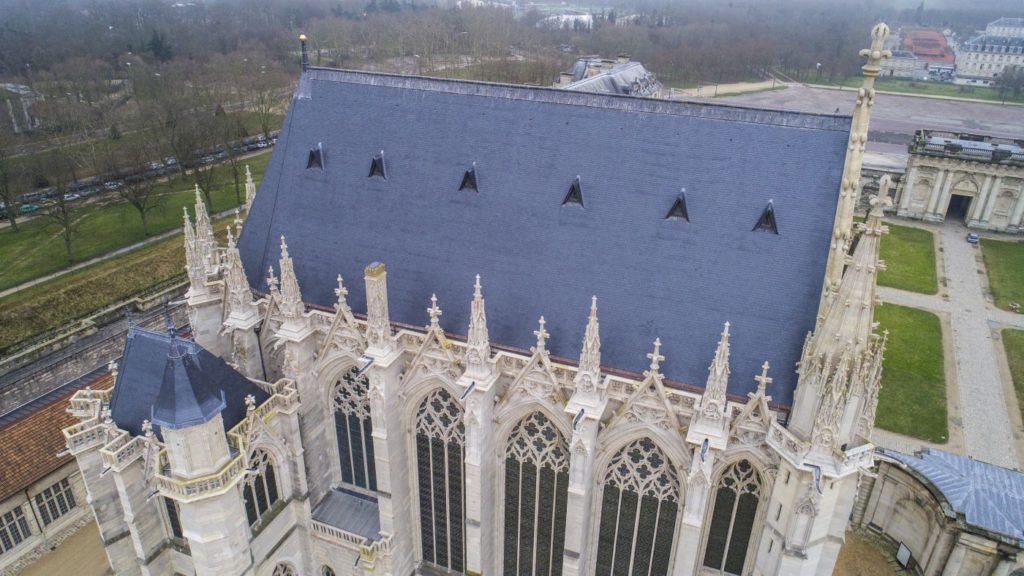Sustainability
The building material


Building materials for modern and sustainable architecture
According to a UN report, the construction sector is responsible for about 37% of global greenhouse gas emissions. This is why it is so important to avoid CO2 emissions when carrying out construction projects. Slate is particularly interesting as a building material because it has little “grey energy”. This is the energy required for the production, transport, installation and disposal of building materials. No combustion, melting or rolling processes are required for the extraction, production and upstream and downstream processing of slate, as slate has been formed over millions of years by natural processes. This makes it a naturally sustainable building material. Moreover, in combination with our innovative photovoltaic systems, the slate can make a valuable contribution to the success of the energy transition.
Slate as a natural building material
Nature


Building biology
Slate is a natural stone, is extracted unadulterated and processed without chemical or other additives, making the building material completely natural and free from harmful components.
Durability
Roofs and façades have been covered with slate for centuries. Aesthetics and durability remain undisputed. It is not unusual for high-quality slate to protect a building for a hundred years or more. The Association of Technical Experts (BTE) rates the average durability of slate roofs at 75 years. This makes slate the leader among roofing materials.


Resistance
Rain, hail, storms and extreme temperature fluctuations - slate remains reliable and robust in most weather conditions. The stone is also UV-resistant, fireproof and extremely low-maintenance.
